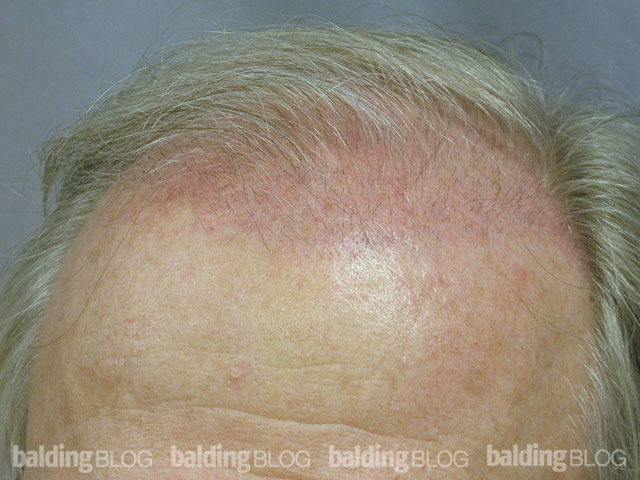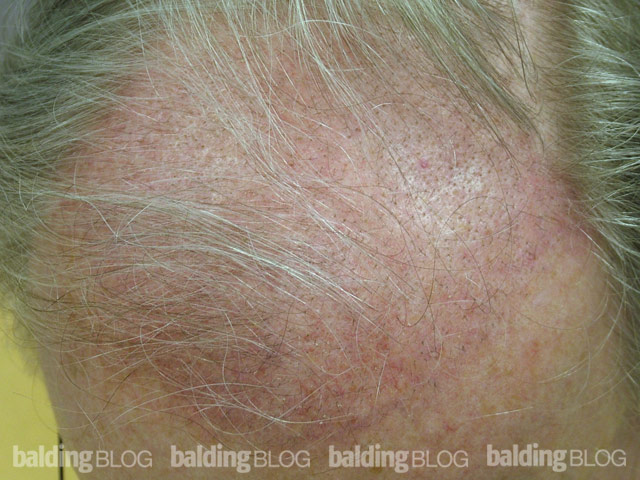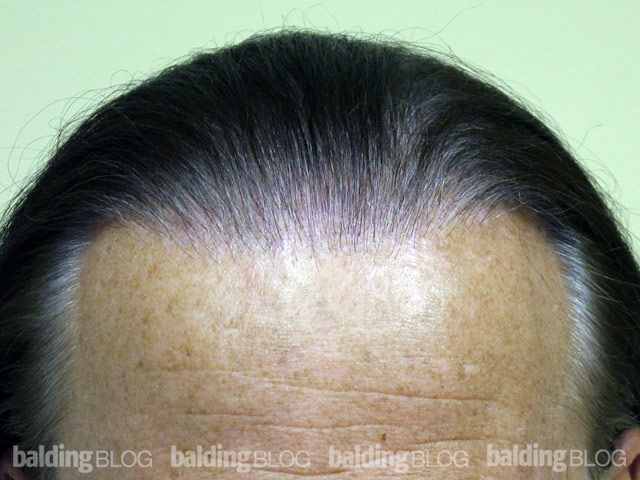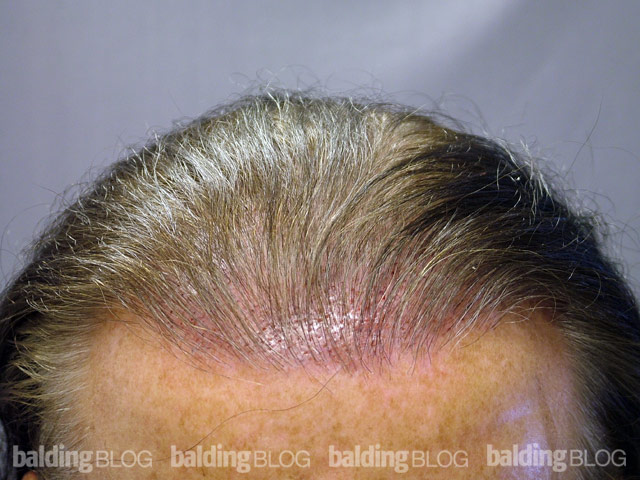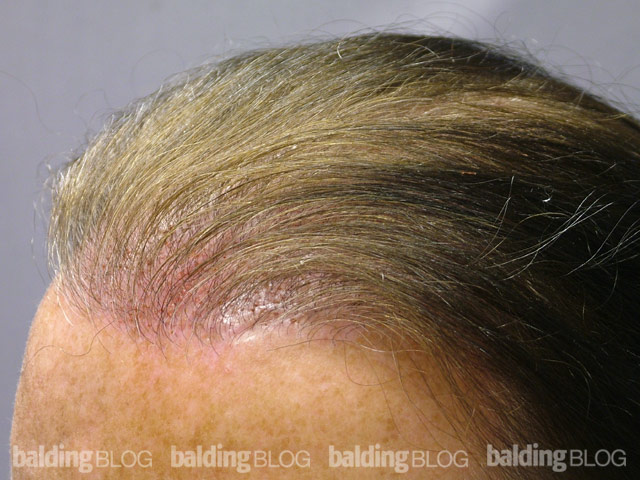I don’t like pain so I have stayed away from hair transplants. If I take the plunge, how much will it really hurt?

Pain is relative. When I discuss pain, I always discuss safety at the same time, for it is not worth putting someone’s health at risk to wipe out pain. Some people handle pain better than others so there are no absolute rules here. Most people tell me that it is like having your dentist making an injection in your gums, but the pain comes in two flavors:
- The pain from the administration of the anesthesia itself (like what the dentist does to numb your gums and nerves)
- The post operative pain. There is no pain once the local anesthesia takes effect, most patients either fall asleep or just relax and watch a movie during the procedure.
If the hair transplant is performed completely under local anesthesia, the risks to your health are almost non-existent. You almost never hear of a person dying from filling a cavity in a dental office, but many die crossing the street. Laughing gas, prior to the local injections of Xylocaine, helps with reducing the pain from the injections but doesn’t eliminate it. In some cases, the doctor will administer stronger medications that will block even more pain and will allow the patient to more fully relax. The risks to health of being “put out” completely are slightly higher than putting up with subdued pain with laughing gas. The choice is made between you and the doctor. I have found varying reactions to the injection pain, from “no big deal” to the other extreme. The pain from the injection rarely lasts more than a minute. During the surgery we make sure that you are kept pain free, and the medications given last for about a four hour period after you leave the office.
If there is pain following the transplant, it occurs the first night. To deal with that pain, we do give you medications to take with you that will block the pain. These medications are strong and I recommend that they be used for night use only. A sleeping aid is also given for you to use. The use of simple over-the-counter pain medications will work during the daytime. Rarely are there many complaints of pain after the first night.
Getting hair is far less painful than the emotional pain of going bald- at least, that is what my patients tell me. I feel that pain is a non-issue since we have effective ways to deal with it, most of them pleasantly.

